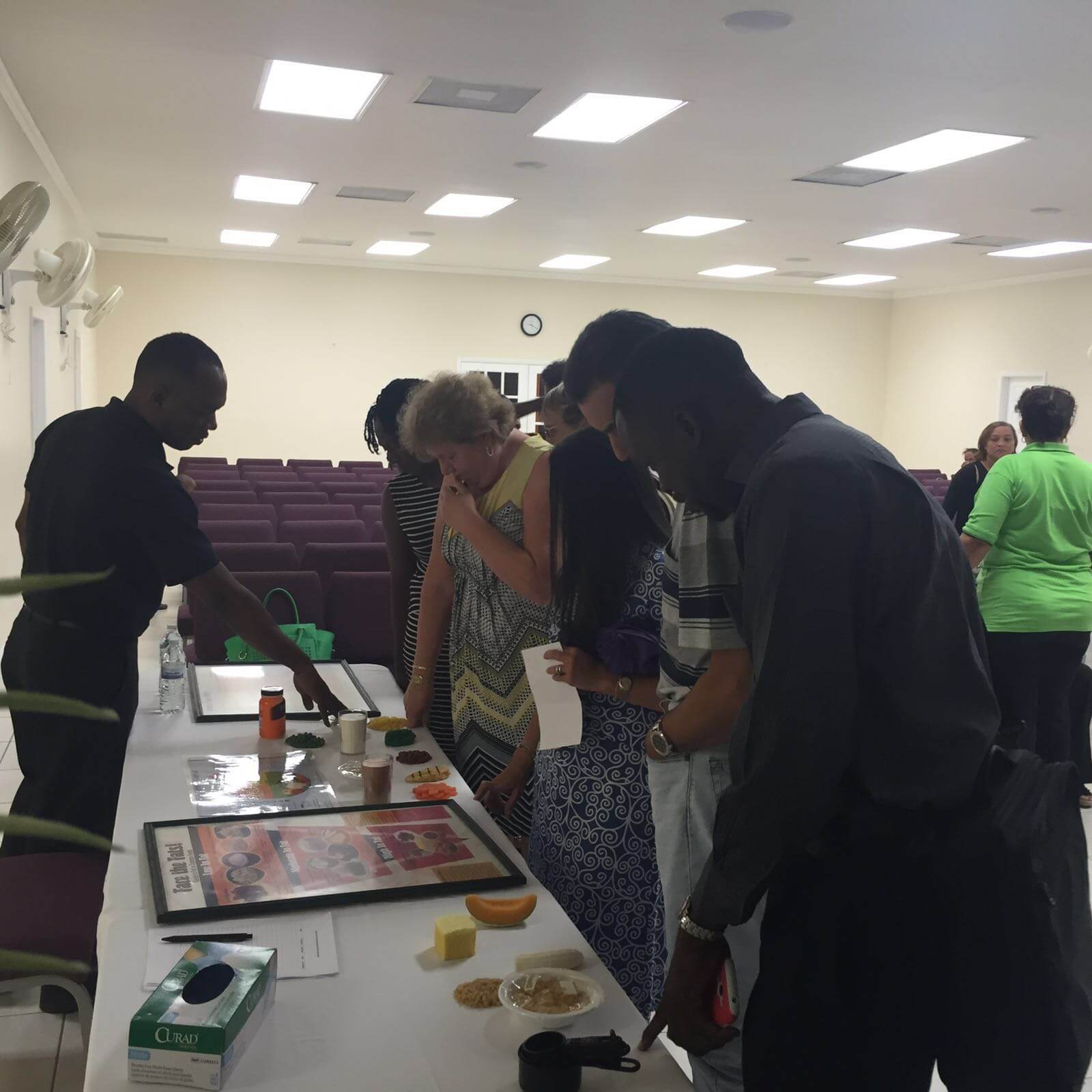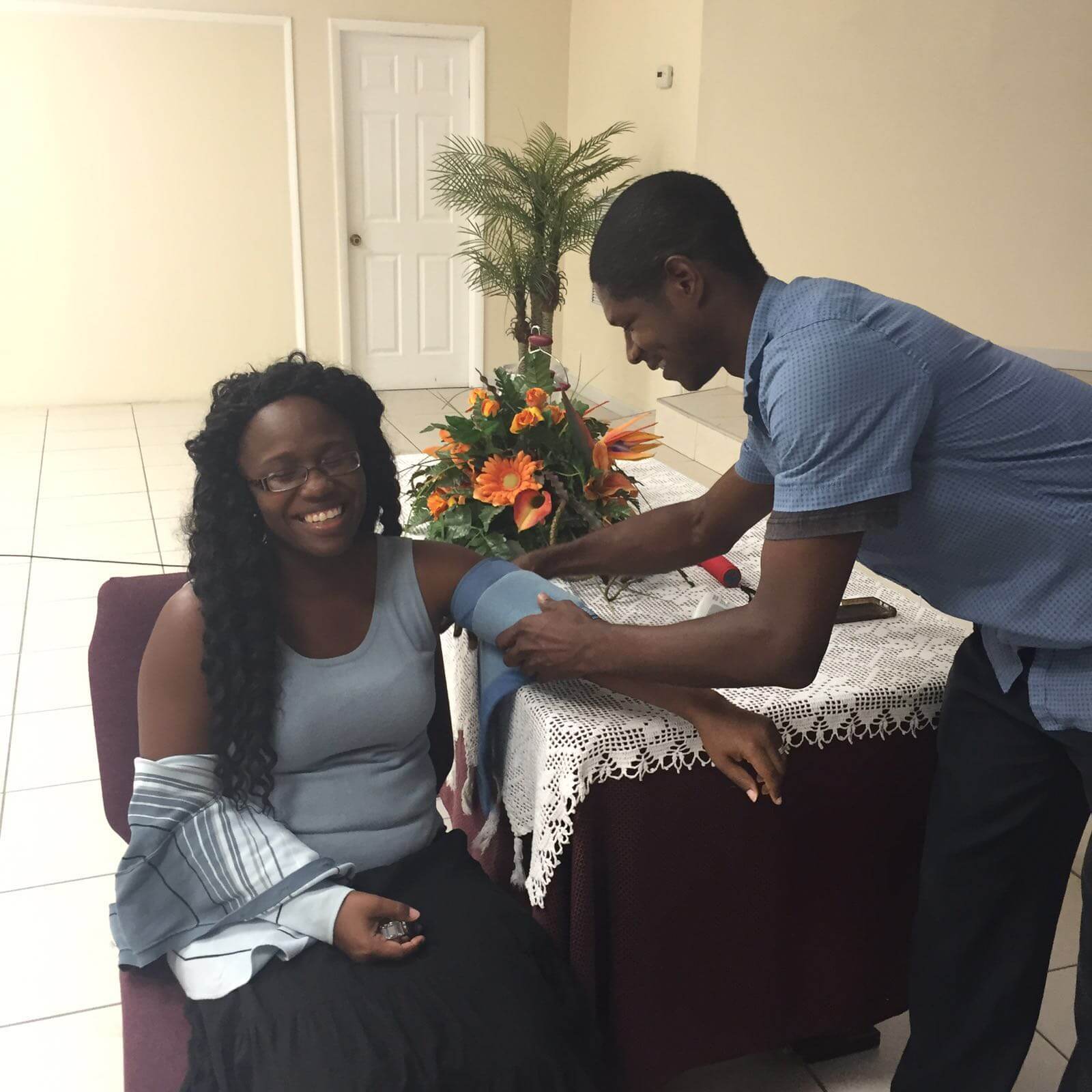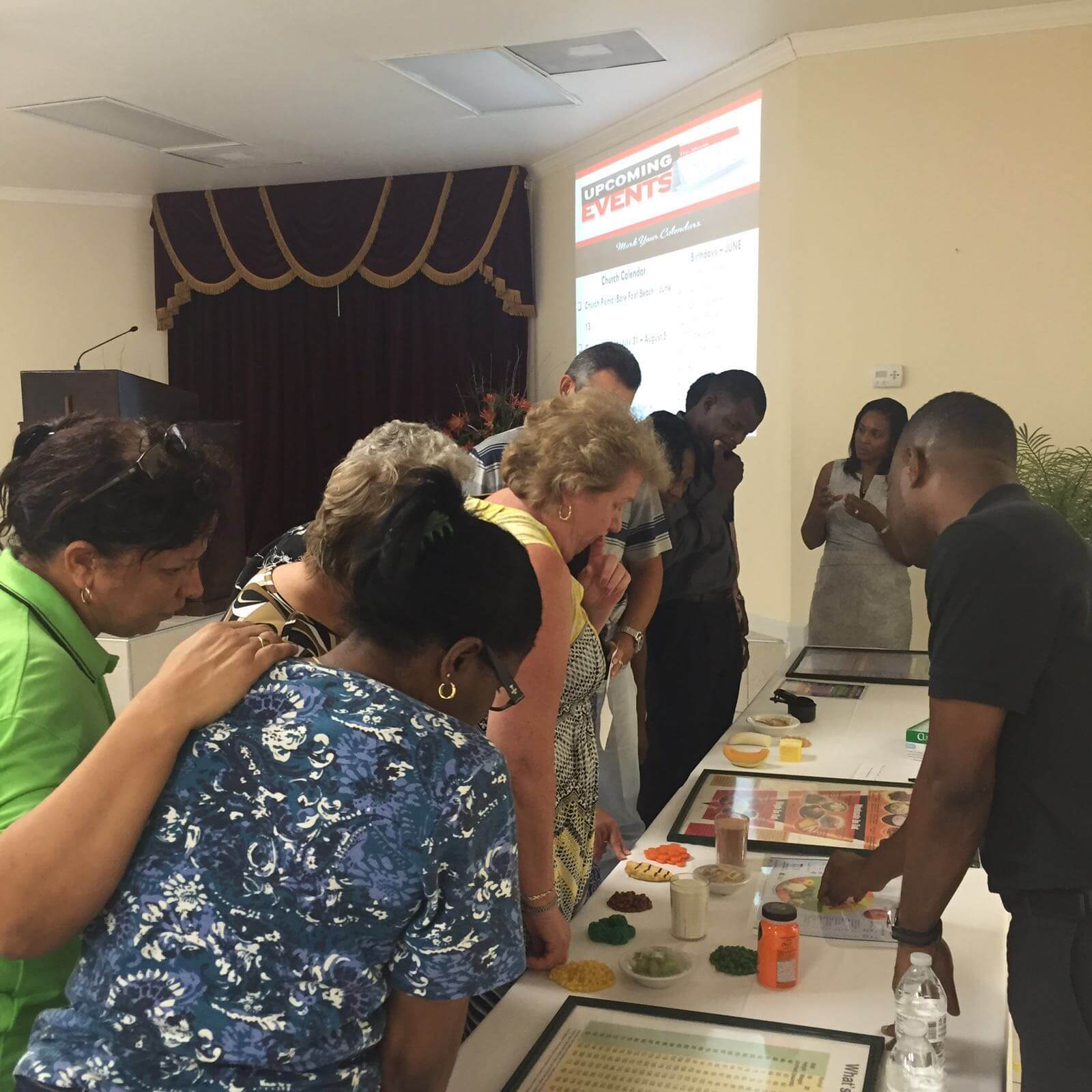The Truth & Myth of Alcohol Consumption

Alcohol is very much a part of our lives here in the Cayman Islands. If not directly, indirectly you may know someone who has experienced the pirate’s lifestyle that is represented in today’s media. On one side we see Jack Sparrow chugging a bottle of rum while drunkenly singing around a bonfire. On the other, we see total destruction and abuse to the human spirit. Overall, Hollywood has painted a pretty serious picture of the Caribbean lifestyle relating to alcohol consumption. However, it is important to separate the truth and myths of this substance. This may help with your decisions when out for dinner or on the beach with friends.
Moderate alcohol consumption may provide some health benefits, such as reducing your risk of developing and dying from heart disease. This directly relates to reducing your risk of an ischemic stroke which is when the arteries to your brain become narrowed or blocked, causing severely reduced blood flow. As well researchers concluded that moderate drinking could possibly reduce your risk of diabetes. For both men and women, wine was seen as reducing the risk by more than 25 percent and beer by 21 percent. Clear spirits, on the other hand, were concluded to increase women’s risks of developing diabetes by 83 percent. But health experts urge caution over these findings. Diabetes UK, the British charity dedicated to supporting people suffering from the condition, say that people should not see it as an incentive to drink.
How do we define moderate consumption? Moderate alcohol use for healthy adults means up to one drink a day for women of all ages and men older than 65. Men younger than 65 should only have up to two drinks a day. Keep in mind that even moderate alcohol use isn’t risk-free. For example, even light drinkers have a tiny, but real, increased risk of some cancers, such as esophageal cancer. While moderate alcohol use may offer some health benefits, heavy drinking has no health benefits. Heavy drinking is defined as more than three drinks on any day or more than seven drinks a week for women and men older than the age of 65. As well more than four drinks on any day or more than 14 drinks a week for men younger than 65. Binge drinking like the famous Jack Sparrow can cause serious harm and is not to be taken lightly.
Alcohol abuse and alcoholism can affect all aspects of a person’s life. Long-term alcohol use can cause serious health complications, can damage emotional stability, finances, career, and impact one’s family, friends and community. Alcoholism is the 3rd leading lifestyle-related cause of death in the United States. Up to 40 percent of all hospital beds in the US (except for those being used by maternity and intensive care patients) are being used to treat health conditions that are directly related to the abuse of alcohol consumption. Alcoholism has little to do with what kind of alcohol one drinks. But it has a great deal to do with a person’s uncontrollable need for alcohol. Most alcoholics can’t just “use a little willpower” to stop drinking. The alcoholic is frequently in the grip of a powerful craving for alcohol, a need that can feel as strong as the need for food or water. While some people are able to recover without help, the majority of alcoholics need outside assistance to recover. Yet, with support and treatment, many are able to stop drinking and reclaim their lives.
Consider how much you are drinking on a daily or even weekly basis. We do not want to deter people from enjoying a well-deserved drink. But we wish for people to do so responsibly and understand the limits to alcohol consumption before it becomes a life altering risk. Drink in moderation and enjoy the perks that it has to offer. But more importantly, know the truth about alcoholism and understand the myths. Alcohol does not make you invincible.
Cheers!
10 Holiday Survival Tips If You Have Diabetes
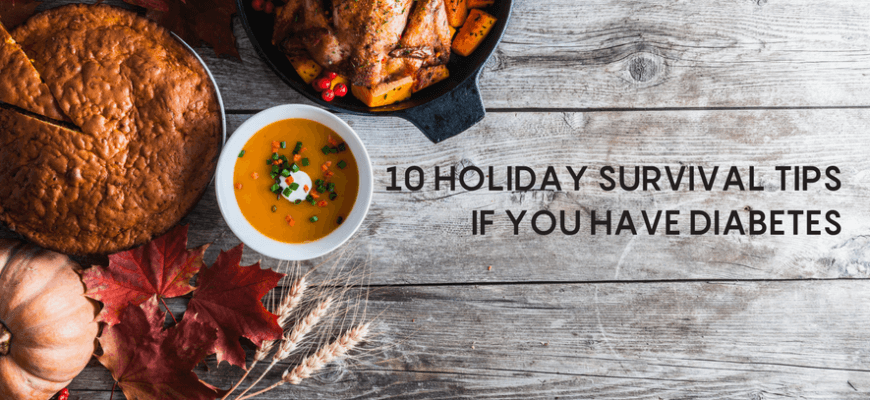
Some of my patients with diabetes ask me what’s the big deal if their blood sugar levels go up a little or they gain a few pounds over the holidays. They say they can always lose the weight afterward and get their sugar levels under control.
To an extent, that could be true. If you’re in good overall health, doing well with your diabetes control and manufacturing reasonable amounts of insulin, a day or two of indulging a bit more than usual in holiday food shouldn’t be a problem.
How long that overindulgence goes on, and how many times, though, are important factors. The holidays can easily extend well past New Year’s. If you slip into bad eating habits, you can do long-term damage, raise your blood sugars and gain weight.
You can keep your weight and blood sugar levels under control during the holidays using these tips.
- Maintain your schedule
If you overeat, trying to catch up by skipping a meal afterward may cause you to overeat when you have your next meal or if a snack is available. Even on your holiday and days away from work, try to get up, eat, exercise and take your diabetes and any other medications about the same time as you usually do. - Check your blood sugar frequently
If you are taking insulin or medications that lower your blood sugar, check your blood sugar more frequently during the holidays, especially before driving a car or adjusting your insulin doses. Make allowances for the changes in your work and exercise schedules as well as your eating opportunities. - Budget your sweets and treats
To keep your blood sugars from skyrocketing, include sweets and treats as part of your carbohydrate budget — not in addition to it. Choose the meat and side vegetables and salad at dinner. Your carbohydrate for dinner could be Aunt Emily’s nut roll that she only makes during the holidays. - Watch your alcohol intake
Moderate alcohol intake can have a blood sugar-lowering effect, so don’t drink on an empty stomach. The amounts of calories and sugars vary significantly among drinks so it can be useful to search nutrition information about your favorite drinks. Recommendations for alcohol for those with diabetes are no more than one drink per day for women and no more than two per day for men. (One drink equals 4 ounces of wine, 12 ounces of beer, 1 ounce of distilled spirits. - Download mobile tools
You can download mobile apps to your phone, including apps that help you count carbohydrates of certain dishes, and let you know how much insulin you need to take (if you use it before meals). - Order smart in restaurants
You’d be pleasantly surprised how many restaurants offer healthy options not mentioned on the menu. Ask for options with less saturated fat, fried food and sugars. Substitute olive oil with fresh pepper for butter. You can also substitute sides. Ask for a baked or boiled potato (skin on) or fresh, steamed or stir-fried veggies instead of mashed potatoes. - Cook light, healthy dishes to take with you to parties.
If you’re going to a holiday dinner, ask if you can bring a dish — one lower in calories and fat — such as a vegetable tray or vegetable-based appetizer. There are many delicious, diabetes-friendly recipes, like low-sugar pumpkin mousse parfait, that you can bring to holiday parties. You can find low-sugar recipes from the American Diabetes Association. - Be ‘party smart’
At the party, enjoy some of the vegetable-based appetizers first, then the meat or cheese appetizers. Place your appetizers on your napkin instead of a plate and you’ll be less likely to overfill it. Another tip: don’t stand near the buffet table or food when talking at a party. It’s also important to stay hydrated. Drink water or club soda with a lime or lemon twist. Keep a calorie-free drink in your hand to keep your hands busy. - Stay active
If you can’t stick to your usual exercise program during this busy time, do some fun activity with family or friends. If 40 minutes a day at one time isn’t possible, break your exercise up into 10- to 15-minute segments, two or three times a day. - Remember the reason for the season
Put the focus on family and friends and not on food. Enjoy what you do eat. Savor each bite! Most important, remember to include time for exercise, meals and relaxation. The holidays will only be great if you’re in good health to enjoy them.
Tue 14th Nov, 2017 is World Diabetes Day
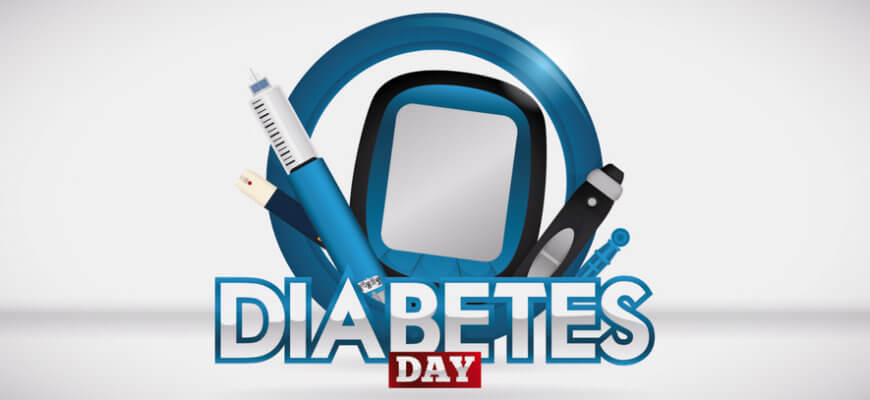
World Diabetes Day (WDD) is the world’s largest diabetes awareness campaign reaching a global audience of over 1 billion people in more than 160 countries. The campaign draws attention to issues of paramount importance to the world and keeps this disease firmly in the public and political spotlight. read more →
What is Diabetes?
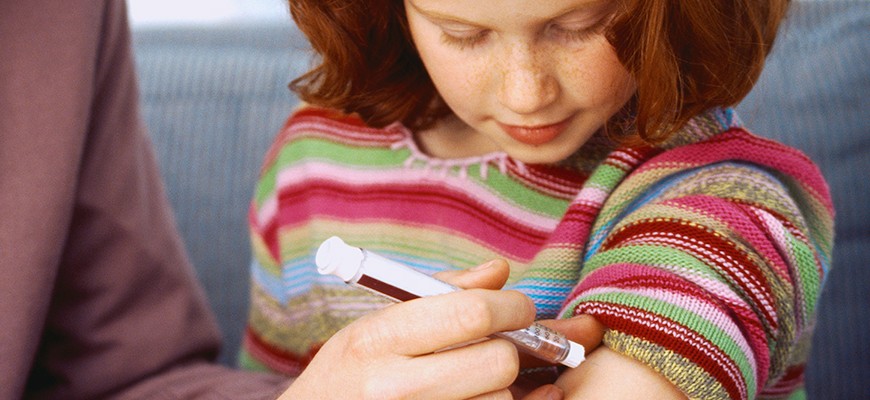
There are two main types of diabetes, known as Type 1 and Type 2. Both types of diabetes are lifelong health conditions. There are 4.05 million people diagnosed with diabetes in the UK and an estimated 549,000 people who have the condition but don’t know it. Watch this video for more information on Diabetes.
Traveling with Diabetes

What Can I Bring With Me?
Am I allowed to bring my diabetes supplies with me on the plane?
Yes. TSA specifically states that diabetes-related supplies, equipment and medications, including liquids, are allowed through the checkpoint once they have been properly screened by X-ray or hand inspection. Passengers should declare these items and separate them from other belongings before screening begins.
What are some general tips as I prepare to travel?
- Arrive at the airport 2-3 hours prior to flight
- Review TSA’s website for travel updates
- Whenever possible, bring prescription labels for medication and medical devices (while not required by TSA, making them available will make the security process go more quickly)
- Pack medications in a separate clear, sealable bag. Bags that are placed in your carry-on-luggage need to be removed and separated from your other belongings for screening.
- Keep a quick-acting source of glucose to treat low blood glucose as well as an easy-to-carry snack such as a nutrition bar
- Carry or wear medical identification and carry contact information for your physician
- Pack extra supplies
- Be patient with lines, delays, and new screening procedures
What are some examples of items that are permitted through security?
- Insulin and insulin loaded dispensing products (vials or box of individual vials, jet injectors, biojectors, epipens, infusers and preloaded syringes)
- Unlimited number of unused syringes when accompanied by insulin or other injectable medication
- Lancets, blood glucose meters, blood glucose meter test strips, alcohol swabs, meter-testing solutions
- Insulin pump and insulin pump supplies (cleaning agents, batteries, plastic tubing, infusion kit, catheter and needle)—insulin pumps and supplies must be accompanied by insulin
- Glucagon emergency kit
- Urine ketone test strips
- Unlimited number of used syringes when transported in Sharps disposal container or other similar hard-surface container
- Sharps disposal containers or similar hard-surface disposal container for storing used syringes and test strips
- Liquids (to include water, juice or liquid nutrition) or gels
- Continuous blood glucose monitors
- All diabetes related medication, equipment, and supplies
Do I need to have my prescription with me?
While TSA does not require you to have your prescription with you, having it may expedite the security screening process if you are subject to additional screening.
What if my insulin, liquids, and gels are more than 3.4 ounces?
- Despite the general rule prohibiting passengers from bringing most liquids and gels through security, people with diabetes may take their insulin, other medications such as Smylin, Byetta, and Glucagon, and other liquids and gels, including juice and cake gel, through TSA checkpoints, even if they are in containers greater than 3.4 ounces.
- Although TSA does allow multiple containers of liquid or gel to treat hypoglycemia, as a practical matter you may want to consider alternative forms of carbohydrates, including glucose tablets, hard candy, or raisins.
- All medical liquids in containers greater than 3.4 ounces must be removed from your carry-on luggage and declared to TSA. They should not be placed in the quart-sized zip-top bag used for non-medical liquids.
- Under normal conditions, insulin can safely pass through X-ray machines at airport terminals. If you have concerns about X-rays, you can request hand inspection.
- Also, insulin never should be placed in checked baggage. It could be affected by severe changes in pressure and temperature. Inspect your insulin before injecting each dose. If you notice anything unusual about the appearance of your insulin or you notice that your insulin needs are changing, call your doctor.
West Bay Pharmacy Teams Up with Oasis Medical Group for Diabetes Management Seminar

Diabetes Educators and Pharmacists from West Bay Pharmacy & Gifts joined forces with Dr. Michelle Mon Desir of the Oasis Medical Group to give a presentation and demonstration on Diabetes Management.



